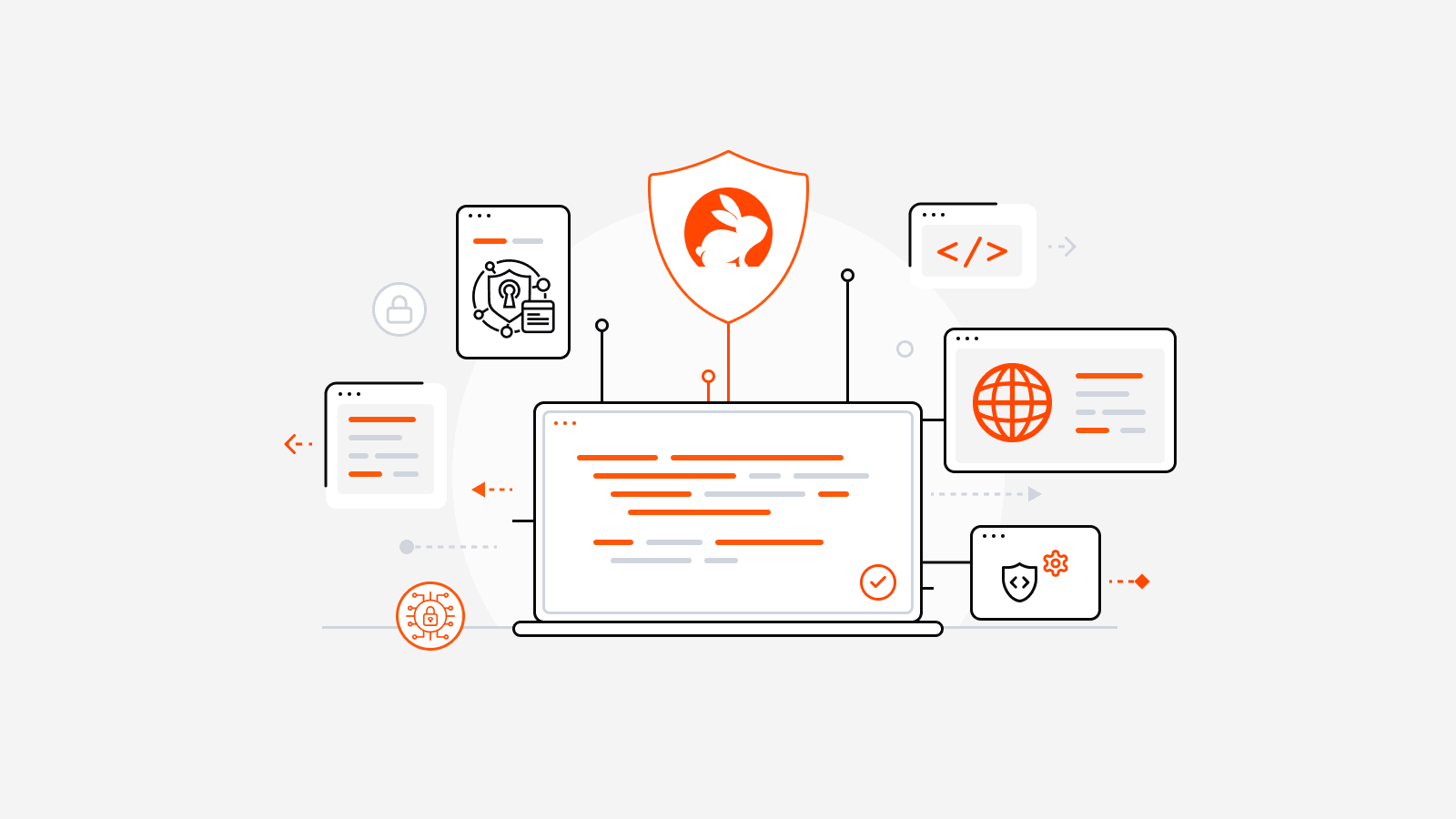Boosting Static Analysis Accuracy with AI
by Aravind Putrevu
April 18, 2024
8 min read

by Aravind Putrevu
April 18, 2024
8 min read

Most installed AI app on GitHub and GitLab
Free 14-day trial
Most installed AI app on GitHub and GitLab
Free 14-day trial

Still have questions?
Contact us